Back to the Future was released 40 years ago — here's all the AI they predicted that we have (and what they missed)
Great Scott! Has it really been 40 years?
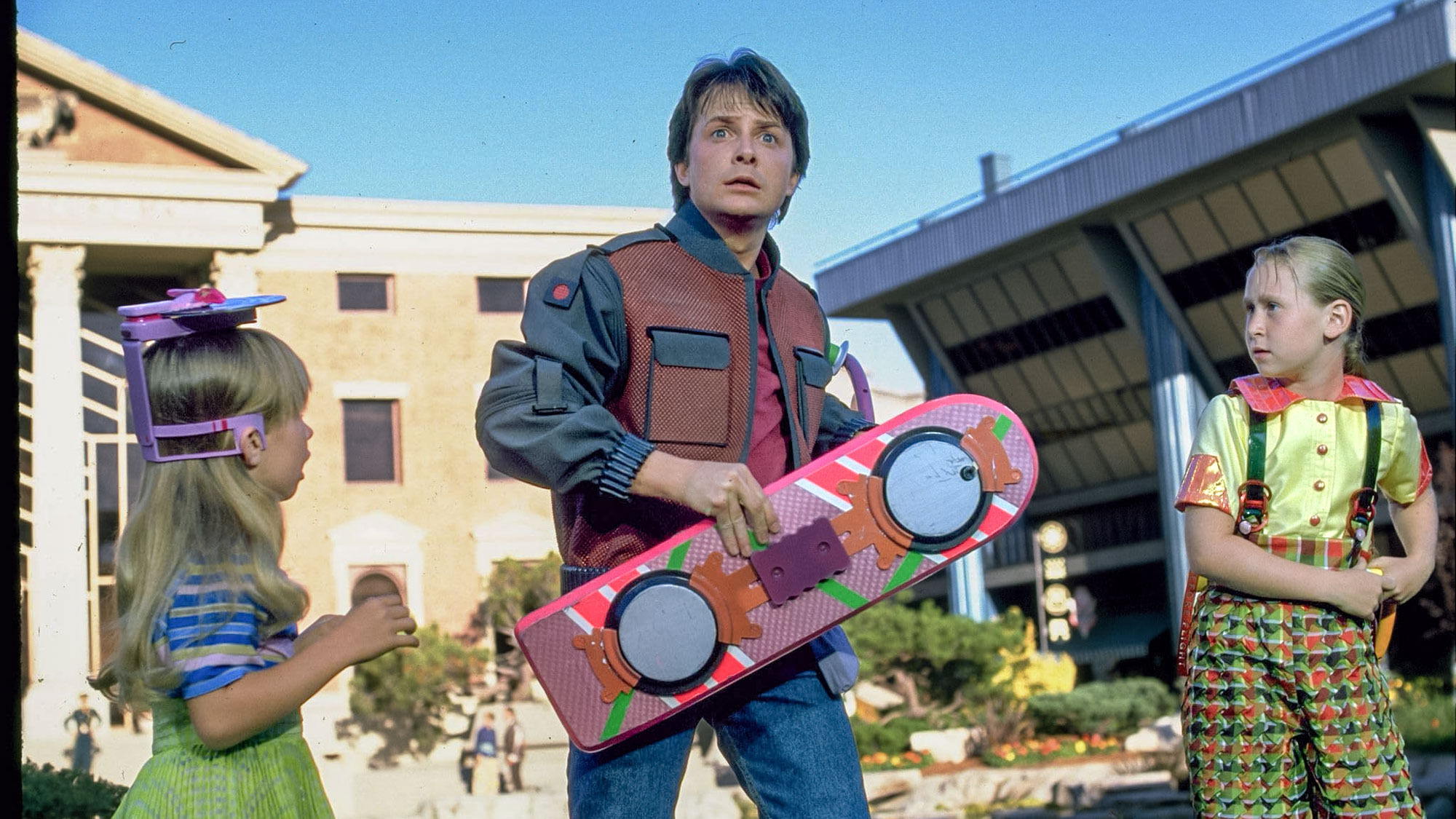
In 1985, Back to the Future introduced audiences to a vision of 2015 filled with flying cars, hoverboards, and self-lacing shoes. Now, in 2025, while some of those predictions remain unfulfilled, the advancements in AI have brought us technologies that are equally, if not more, astonishing.
Let's take a journey through the film's futuristic predictions and see how today's AI innovations compare.
In Back to the Future Part II, the depiction of 2015 included several technological marvels that captured our imaginations including:
- Flying cars: Vehicles soaring above traffic.
- Hoverboards: Skateboards that levitate above the ground.
- Self-lacing shoes: Footwear that tightens automatically.
- Weather control: Manipulating weather patterns at will.
- Video calls & wearable tech: Seamless communication through screens and wearable devices.
- Talking garbage cans: Waste bins that interact with users.
- AI waiters & screens: Virtual personalities serving customers.
- Smart homes: Residences equipped with automated systems.
- Auto-dog walkers: Machines taking pets for strolls.
- Robotic gas stations: Automated fueling stations.
While some of the film's predictions remain aspirational, AI has ushered in a host of innovations that echo, and sometimes surpass, those cinematic forecasts.
What they predicted (sort of) and we now have thanks to AI
Smart assistants

While I’m disappointed that we still don't have floating AI heads like Max Headroom, we do have voice-activated assistants that have become an integral part of our daily lives.
Chatbots and AI assistants like ChatGPT, Siri, and Alexa+ answer queries with human-like conversations, control smart home devices, and assist in our communications.
Wearable tech & video calls
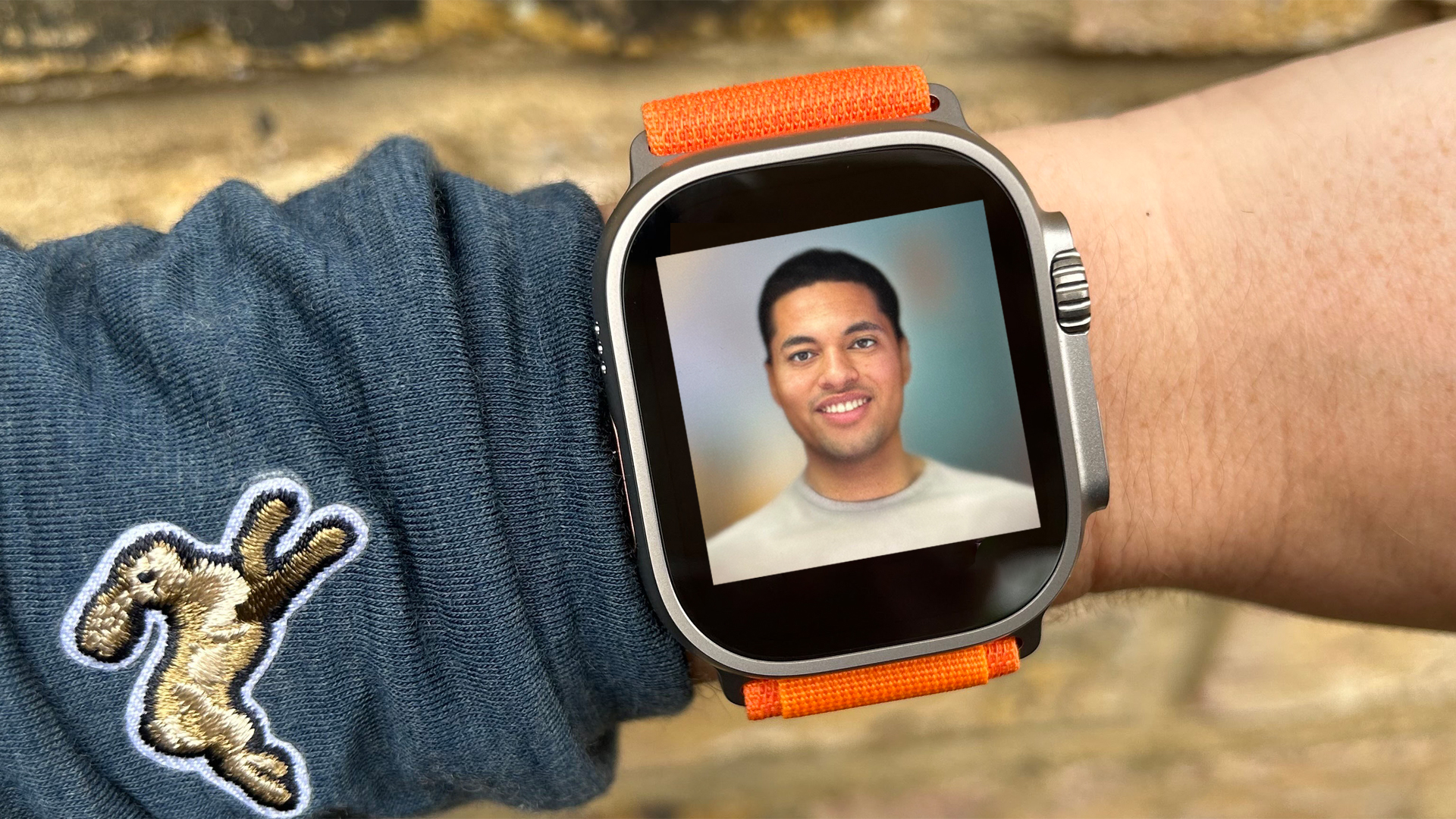
Marty McFly's video calls offered a glimpse into a future where communication transcends physical boundaries. Today, that vision is realized through ubiquitous virtual meetings and FaceTime chats and even taking calls from our smartwatches, enabling instant interactions across the globe at any time.
Sign up to get the BEST of Tom's Guide direct to your inbox.
Get instant access to breaking news, the hottest reviews, great deals and helpful tips.
Beyond video calls, wearable technology has seamlessly integrated into our daily lives. Smartwatches, for instance, have evolved into sophisticated devices capable of monitoring health metrics like heart rate, sleep patterns, and even detecting conditions such as sleep apnea. These devices keep us connected, allowing for notifications, calls, and messages directly from our wrists.
AR and AI glasses represent another leap forward. Companies like Meta have collaborated with brands such as Ray-Ban to produce smart glasses that not only function as stylish eyewear but also incorporate features like real-time language translation, weather updates, and voice assistance.
These advancements blur the lines between digital information and the physical world, offering users an immersive experience that was once the realm of science fiction.
Predictive AI for shopping & entertainment

Platforms like Netflix, Amazon, and Spotify utilize sophisticated recommendation engines powered by AI to suggest content and products tailored to individual preferences, often anticipating what we want before we can even articulate them.
AI writing & content creation
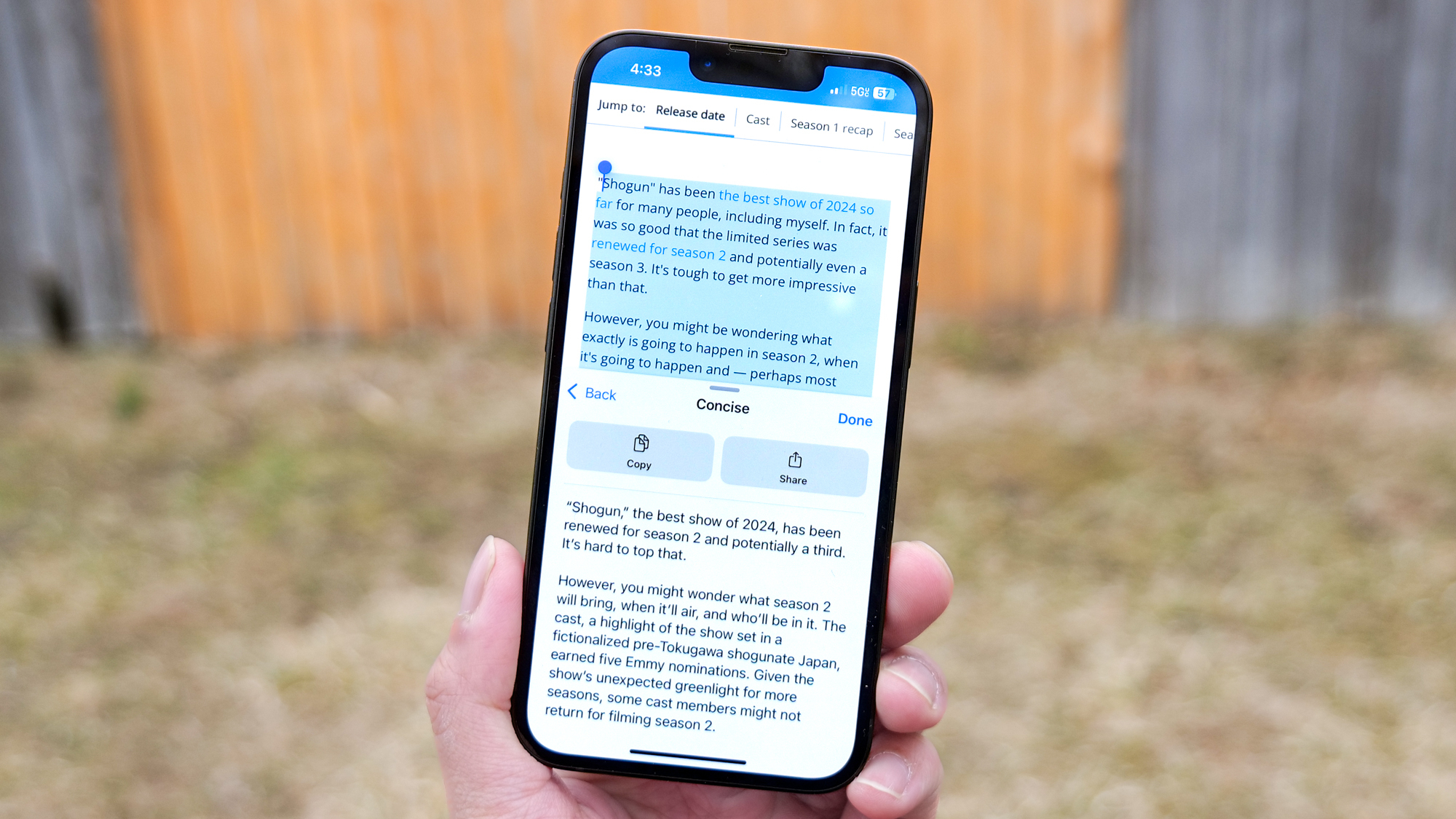
AI has significantly changed content creation. From generating images to generating a paragraph, we now have tools that assist us across a spectrum of creative and professional tasks.
These tools are adept at mimicking various writing and artistic styles, making them valuable for crafting content that resonates with practically any audience.
Smart scheduling

Modern AI scheduling assistants go beyond basic scheduling functionalities. These tools analyze your workload, priorities, and even energy levels to automatically arrange tasks and meetings in a manner that optimizes your day.
For instance, Gemini AI integrates with Gmail and Google Calendar to auto-schedule meetings and events as does ChatGPT Tasks, for an adaptive plan that evolves with your changing priorities.
AI voice cloning
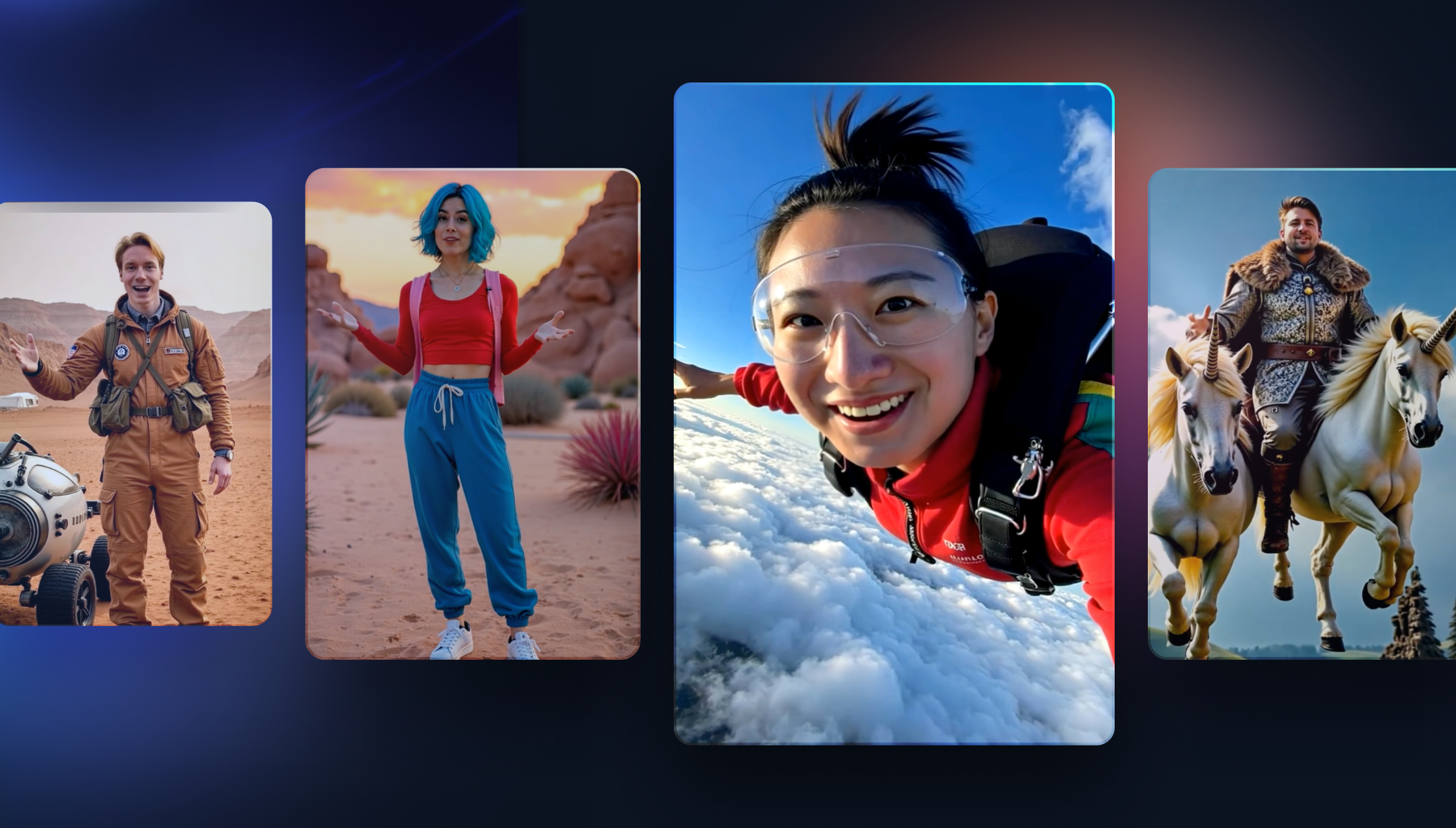
While Marty McFly saw double, advancements in AI have led to the creation of deepfake technology, too. Capable of producing highly realistic but fabricated audio and visual content, innovations from Synthesia and ElevenLabs enable the creation of highly realistic yet fabricated audio and visual content.
AI voice cloning involves using machine learning algorithms to replicate a person's voice with high fidelity. By analyzing audio recordings, these systems can generate speech that mimics the tone, pitch, and nuances of the original speaker.
Similarly, deepfakes refer to synthetic media where a person's likeness is digitally altered or replaced in images or videos, often making it appear as though they are saying or doing something they never did.
Stuff we have now that they didn’t predict
Generative AI

We now have tools such as ChatGPT, Midjourney, Suno, Pika and more that can effortlessly create art, music, and even code, pushing the boundaries of creativity and automation.
Real-time translation

From smart apps like Translate Assist on the Galaxy S25 Ultra and Ray-Ban Meta glasses to innovative earbuds, today’s devices can deliver real-time translation with surprising accuracy — seamlessly breaking down language barriers and making global communication more accessible than ever before.
Facial recognition & surveillance tech
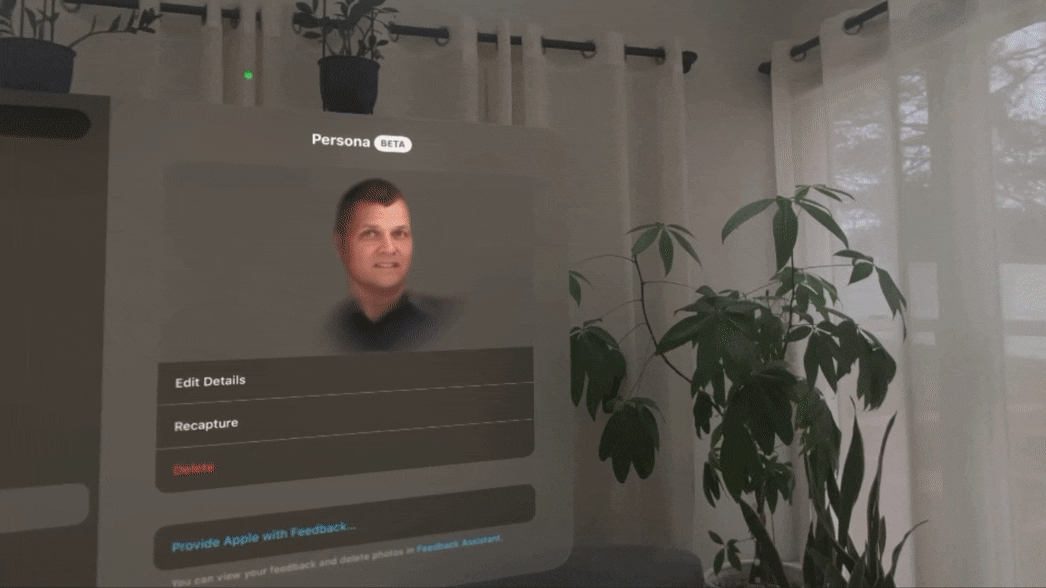
AI-powered facial recognition is everywhere — used in everything from airport security and targeted ads to the lock screen on your phone. It’s convenient, sure, but it’s also raising serious questions about privacy, consent, and where we draw the line when our faces become data.
Stuff they predicted that’s still a bust
- Self-lacing ahoes (kind of) Inspired by the film, Nike developed the Nike MAG, a limited-edition shoe featuring self-lacing technology. While not widespread, it showcases how cinematic ideas can influence real-world innovation.
- Flying cars Despite numerous prototypes, mass adoption of flying cars remains elusive, primarily due to regulatory and safety challenges.
- Hoverboards While hoverboard-like devices exist (I have one in my garage), true levitating boards as depicted in the film are not yet a consumer reality.
- Weather control Manipulating weather patterns remains beyond our technological capabilities, with ethical and environmental concerns posing significant hurdles.
- Instant food hydrators We're still reliant on conventional cooking methods, with instant food hydration remaining a sci-fi concept.
- Fully robotic homes While smart home devices offer automation, fully autonomous robotic homes are not yet commonplace.
Final thoughts and a glimpse into 2065

Reflecting on the 40 years since Back to the Future first captivated audiences, it's evident that while some of Doc Brown's envisioned technologies remain elusive, the rapid advancements in AI have profoundly reshaped our world. As we look ahead to the next four decades, the trajectory of AI suggests a future replete with both unprecedented opportunities and formidable challenges.
By 2065, AI is anticipated to be deeply integrated into every facet of human life, driving innovations that could redefine our existence. Experts predict that AI will not only augment but, in some cases, surpass human capabilities, leading to significant transformations across various sectors.
While the specifics of the future remain uncertain, it is clear that AI will play a central role in shaping the world of 2065. The challenge lies in navigating this evolution thoughtfully, ensuring that technological progress aligns with human values and contributes to the betterment of society.
More from Tom's Guide
- ChatGPT-5 is coming 'soon' — here's what we know
- I caught my son using ChatGPT — and it made me rethink everything about parenting in the AI age
- I told ChatGPT something that I still regret — here's 7 things you should never share

You must confirm your public display name before commenting
Please logout and then login again, you will then be prompted to enter your display name.










